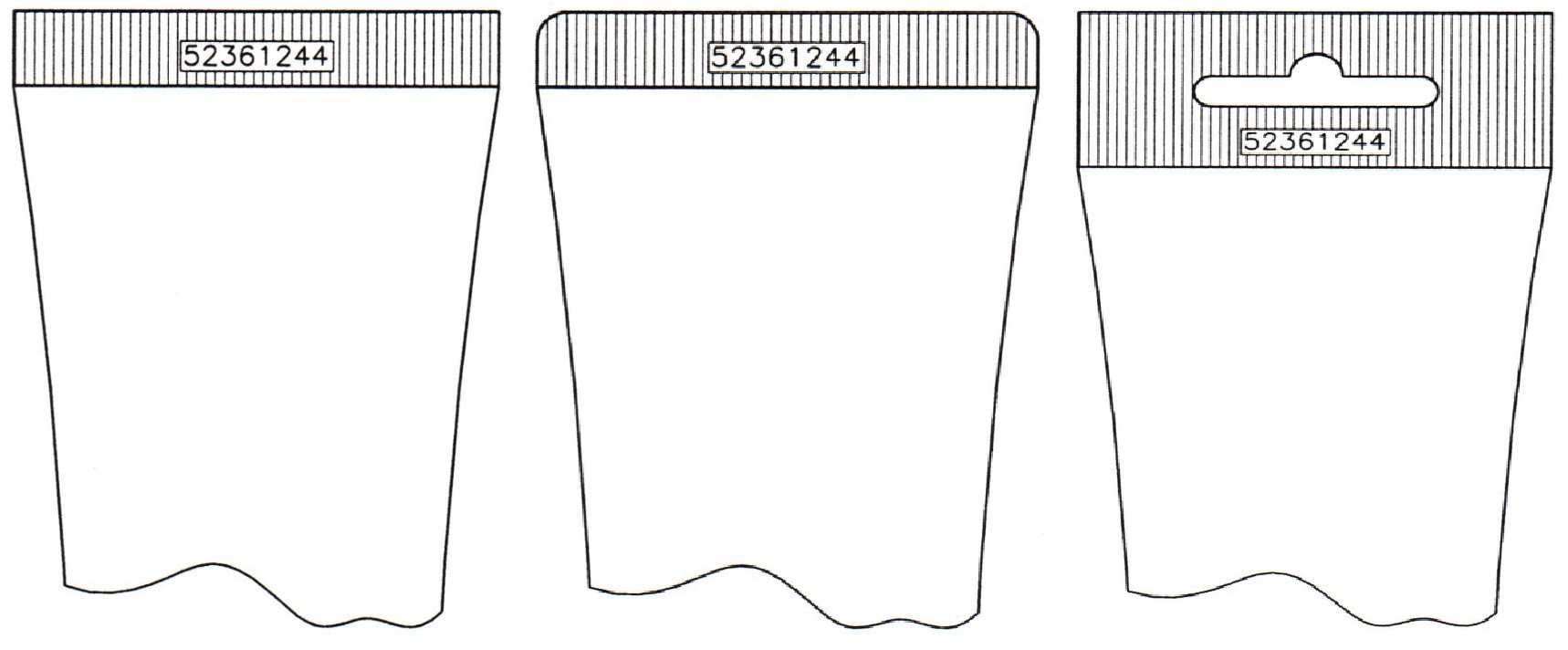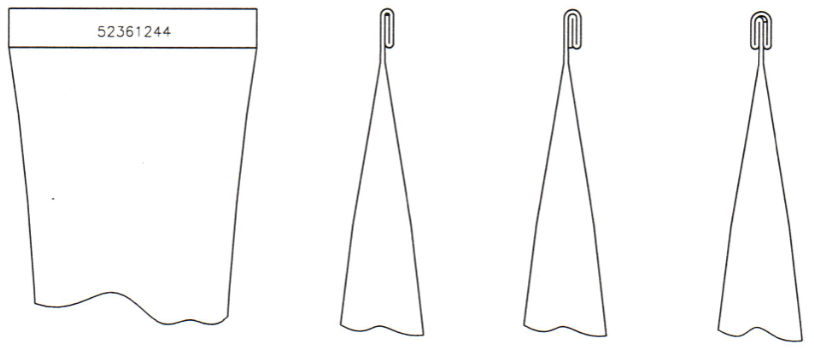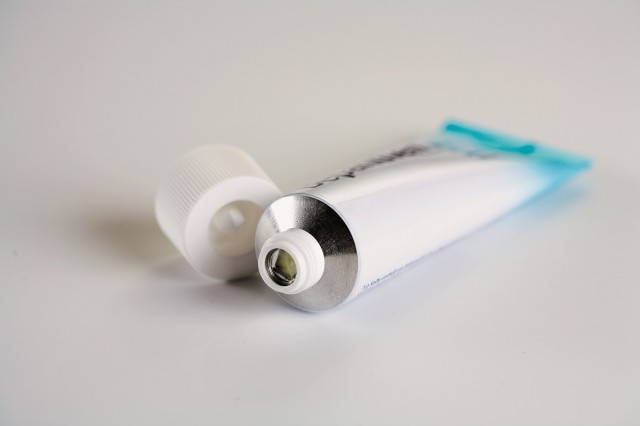Tube filling
Filling and sealing tubes with a tube filling machineDo you want to fill and close tubes and wonder how to do it?
On so-called tube fillers or also called tube filling machines, tubes are filled with a semi-solid or viscous product and then sealed.
First of all, general information about the tube material, the individual closure types, the different work stations and the physical speed limits.
There are three types of tubes:
- Aluminium tubes: Often used in the food industry for mustard or mayonnaise, as well as in the pharmaceutical industry for creams
- Plastic tubes: Is a cost-effective solution made of PE, which have no additional protective barriers. e.g. for fats, hand creams, etc.
- Laminate tubes: The most common tube material. Offer good protection thanks to its PE/Alu/PE composite (PP/Alu/PP composite) and they are user-friendly.
Tube closure types:
Aluminium tubes: single fold, double fold or saddle fold.
Plastic and laminate tubes: different shapes of the tube end are possible.

Working stations on a tube filler:
- Tube magazine, where the tubes are provided
- Feeding the tube by pushing it into the tube holders
- Alignment of the tube by means of a print mark or pharmacode
- Filling station where the tubes are filled by means of a filling cylinder
- Capping stations where the tubes are welded (plastic and laminate) or folded (aluminium)
- Cutting station where the sealing seam at the end of the tubes is cleanly cut
- Stamping station where the batch number and expiry date are stamped
- Ejection station
Speed limitation at the fillingng on tube filling machines:
| tubes per minute | liquid | semi-liquid | toothpaste | viscose | highly viscous |
| simple filler | 30 - 35 | 50 - 55 | 80 - 85 | 70 -75 | 20 - 25 |
| Double filler | 60 - 70 | 100 - 110 | 160 - 170 | 140 - 150 | 40 - 50 |
Explanations on the speed limit during filling:
- Liquid products such as shampoo tend to splash, which is almost impossible to prevent during filling.
- Semi-liquid products only require accurate calibration of the filling parameters.
- Toothpaste and viscous products are generally the easiest products to fill.
- High viscosity products require a special filling nozzle. In addition, they must be filled by large-dimensioned machines, with special designs that are less susceptible to overloading and overheating.
Limitation of speed in closing on tube filling machines:
| tubes per minute | Aluminium tubes | Plastic/laminate tubes
with hot pliers |
Plastic/laminate tubes
with hot air |
| Single filler | < 90 | 40 - 45 | 80 - 85 |
| Double filler | < 180 | 80 - 90 | 160 - 170 |






